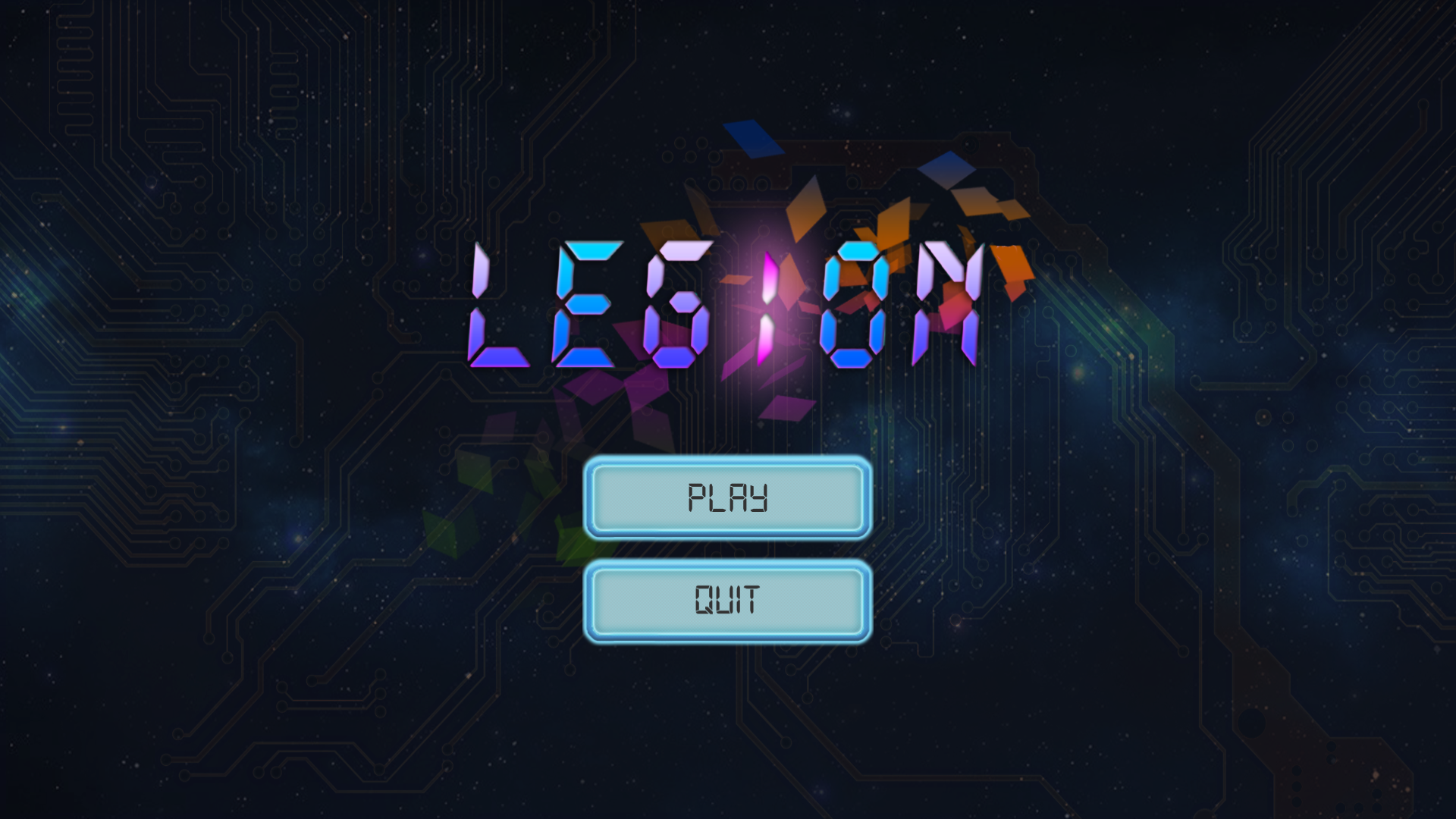
Dreams
Date: October, 2015
Development Time: 4 weeks
Concept: Dreams was a first-person, action-adventure-RPG originally designed by one of the winners of the BAFTA Young Game Designers award.
Team of 17
Platform: Windows, 1st Person
Engine: Unity Engine
Role: Producer
Extra Notes:
First term course project for Abertay University master’s students.
This game’s original concept was a BAFTA Game Concept Award (10-14 yrs) winner. Abertay was asked by BAFTA to develop the game concept further. In 5 weeks, a team of masters students who had not really worked together before were to come together to develop this game concept.
It was my job to be a producer for this team and this game.

NHL ’98
Kernel mode constructs
I’ve been reading Jeffrey Richter’s book, CLR via C#, lately, and near the end of the book, I found this interest bit on threading.
He starts by telling us about two types of threading constructs: User-mode constructs that use special CPU instructions, and Kernel-mode constructs offered by Windows.
User-mode constructs handle all the thread management in the hardware, which means that it’s fast. When it blocks, Windows can’t tell. This is good because the OS won’t create a new thread (using resources). It’s bad, however, if the thread spins for a long time in the CPU, as it means that a CPU core is idle and can’t be used until the thread can be unblocked.




